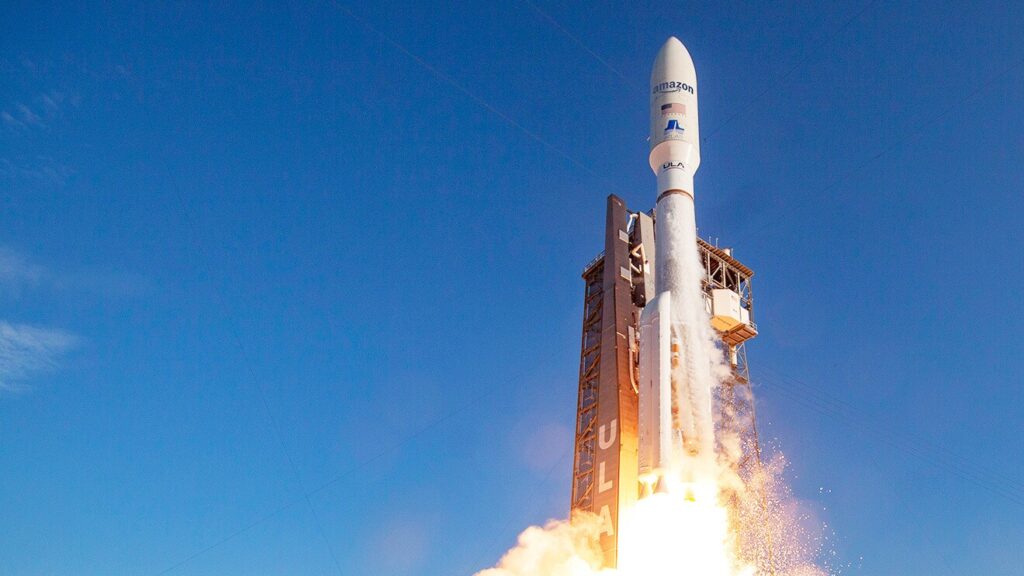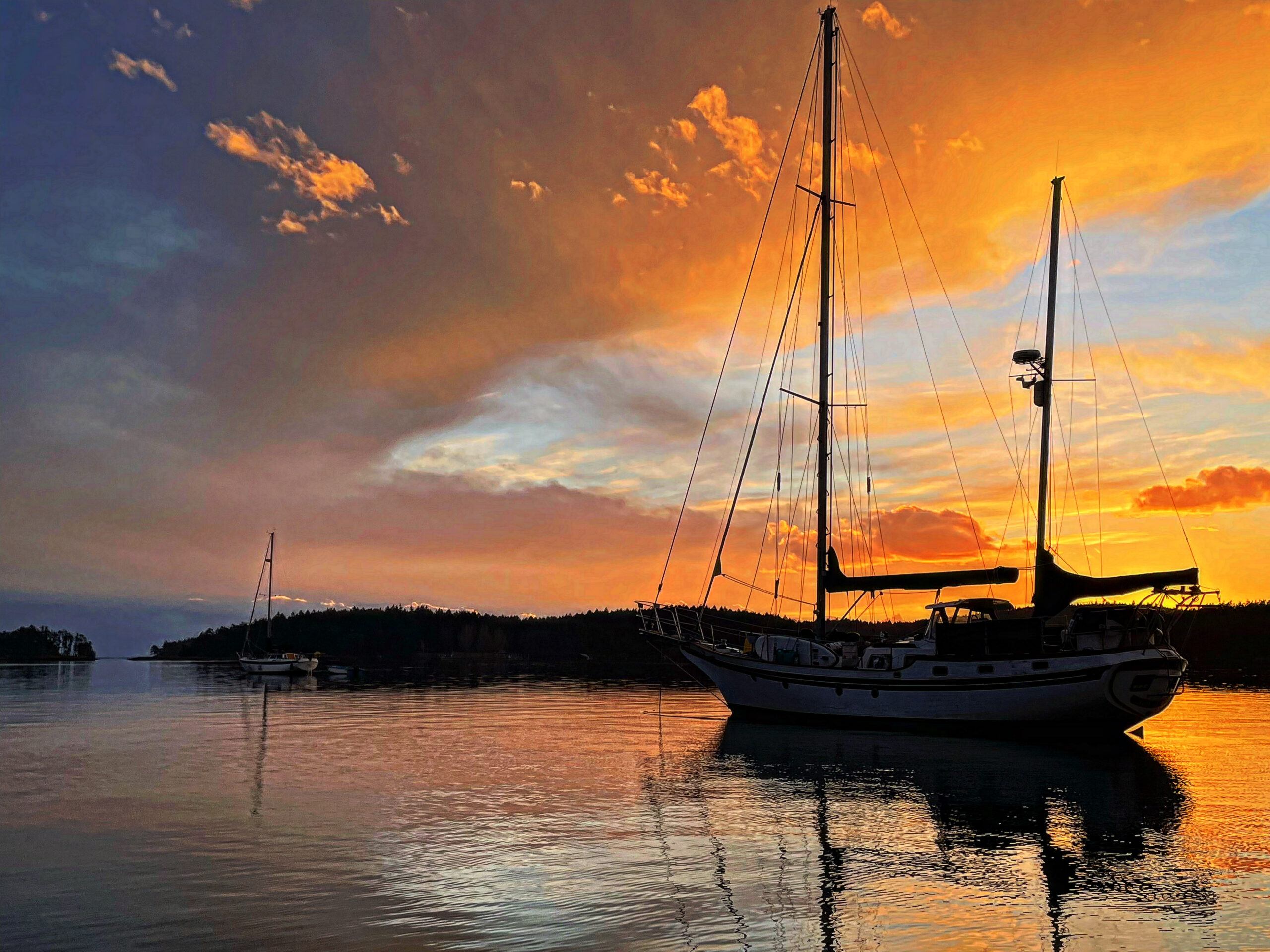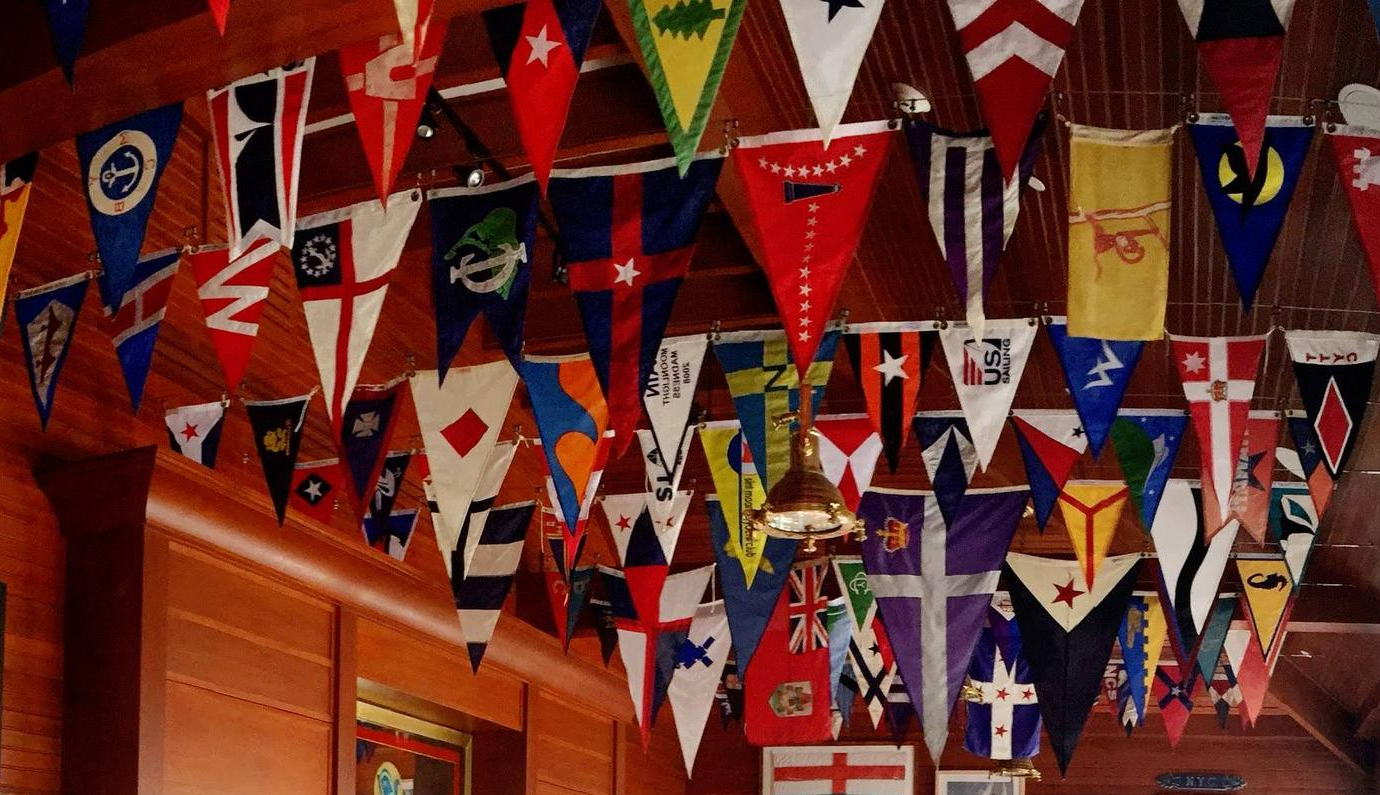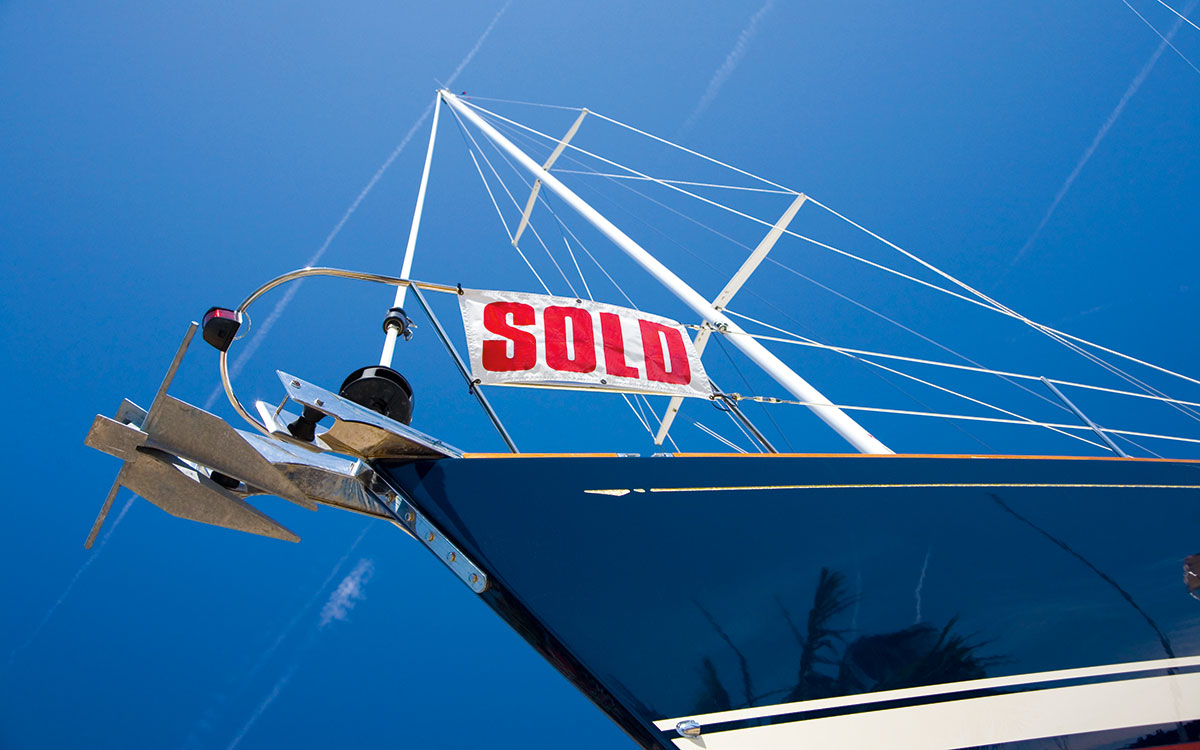For live-aboard sailors, reliable internet has long been a challenge. With new satellite systems like Amazon’s Project Kuiper and SpaceX’s Starlink, the future looks promising. Here’s what you need to know about Amazon Kuiper and how it compares to Starlink for maritime use.
Global coverage
Both Amazon Kuiper and Starlink aim to provide internet access across most of the world’s oceans, which is excellent news for sailors. Kuiper plans to launch over 3,000 satellites, covering areas where most people live and travel – including most major sailing routes and coastal areas.
Starlink, which is already up and running in many places, keeps expanding its coverage. As of 2024, it offers services in many parts of the world, including most sea areas.
Expected launch timeline
While Starlink is already available and serving many users, Amazon Kuiper is still getting ready. Here’s what we know about Kuiper’s timeline:
- Amazon sent up its first test satellites in 2023.
- More launches are planned for 2024 and 2025.
- Amazon needs to have half of its satellites in space by July 2026.
- They aim to have all satellites up by July 2029.

Based on this, we might see some early Kuiper service around 2026, with wider availability in the following years. Starlink, however, has a big head start in actually providing service.
Use while sailing
A big question for live-aboard sailors is whether these services work while moving. Starlink has shown it can do this with its boat and RV services, letting users stay online while in motion.
As for Kuiper, Amazon hasn’t said much about using it on the move as of early 2024. But given that sailors would want this feature, and that they have already embraced the use of Starlink. it’s likely Kuiper will support it too.
Anticipated costs
While Amazon hasn’t released specific pricing details for Kuiper yet, they have emphasized their commitment to making the service affordable and accessible. This focus on affordability could be good news for live-aboard sailors looking for a cost-effective internet solution.
It’s worth comparing this approach to the current situation with Starlink, which has been available to maritime users for some time:
- Pricing Uncertainty: Many sailors using Starlink have expressed frustration with frequent and sometimes unexpected changes in pricing.
- A clear definition of “At Sea”: There’s been confusion about what Starlink considers “at sea” usage. Their hexagonal grid map, hasn’t always accurately reflected whether locations near shore or at anchor are considered “at sea” for pricing purposes.
- Customer service: Some users have reported difficulties with Starlink’s customer service when trying to resolve issues or get clarification on pricing.
- Varied costs: Starlink’s maritime pricing is significantly higher than their land based services, resulting in most boaters using the RV package, and paying for use offshore when needed.
These issues with Starlink highlight the importance of fair, and consistent pricing and good customer support for satellite internet services aimed at sailors.
As Kuiper moves closer to launch, we can expect Amazon to provide more concrete information about their pricing structure. Given their stated focus on affordability, there’s hope that they might address some of the pricing and service issues that have frustrated Starlink users.
Key points for live-aboard sailors
Whether you are considering installing Starlink now, or Kuiper in the future, you should consider the following:
- Installation: You’ll need a clear view of the sky. Think about where to put the dish on your boat.
- Power Needs: Make sure your boat’s electrical system can handle powering the satellite equipment all the time.
- Durability: The equipment you choose needs to be able to stand up to conditions at sea.
- Service Availability: make sure the system you choose provides coverage in the areas you plan to sail.
Conclusion
Amazon Kuiper offers an exciting alternative to Starlink for live-aboard sailors wanting reliable internet at sea. While Starlink is available now and already has real-world experience, Kuiper’s entry into the market could bring new innovations and potentially lower prices.
For now, sailors interested in satellite internet might want to keep an eye on both services. Starlink offers solutions you can use today in many areas, while Kuiper is a promising option for the future. As Kuiper gets closer to launch, we expect to hear more details about how it will work at sea, what it will cost, and when you can start using it. We will update the NFL Magazine with news as we hear it.








Starlink has made two recent changes that make it more attractive for cruising yachts. The first is that the Roam plan now allows in-motion use and while nominally restricted to 12 nautical miles of shore (Starlink no longer users hexagons) we have experienced uninterrupted Internet service during 200 mile passages between major island groups in Indonesia. If access is restricted by Starlink due to location it is easy to reconnect by turning on Mobile Priority Data, which costs the equivalent of USD2 in every country.
As fulltime live aboard with two teens aboard I am amazed by Starlink. I have nothing but compliments. To be able to have 100mbits internet wherever on the planet baffles me. I take the volatility of Starlink with pleasure as long as we experience good, and by the way improving over time, connection. Amazon may bring some welcome competition to the market as some point. But if we look at SpaceX and Blue Origin one wonders how strong that competition will be.
Amazon is not yet real and who knows when it will be.